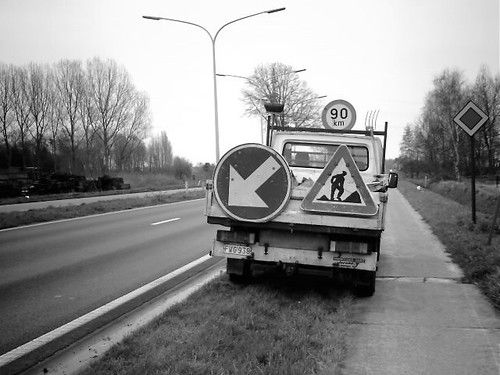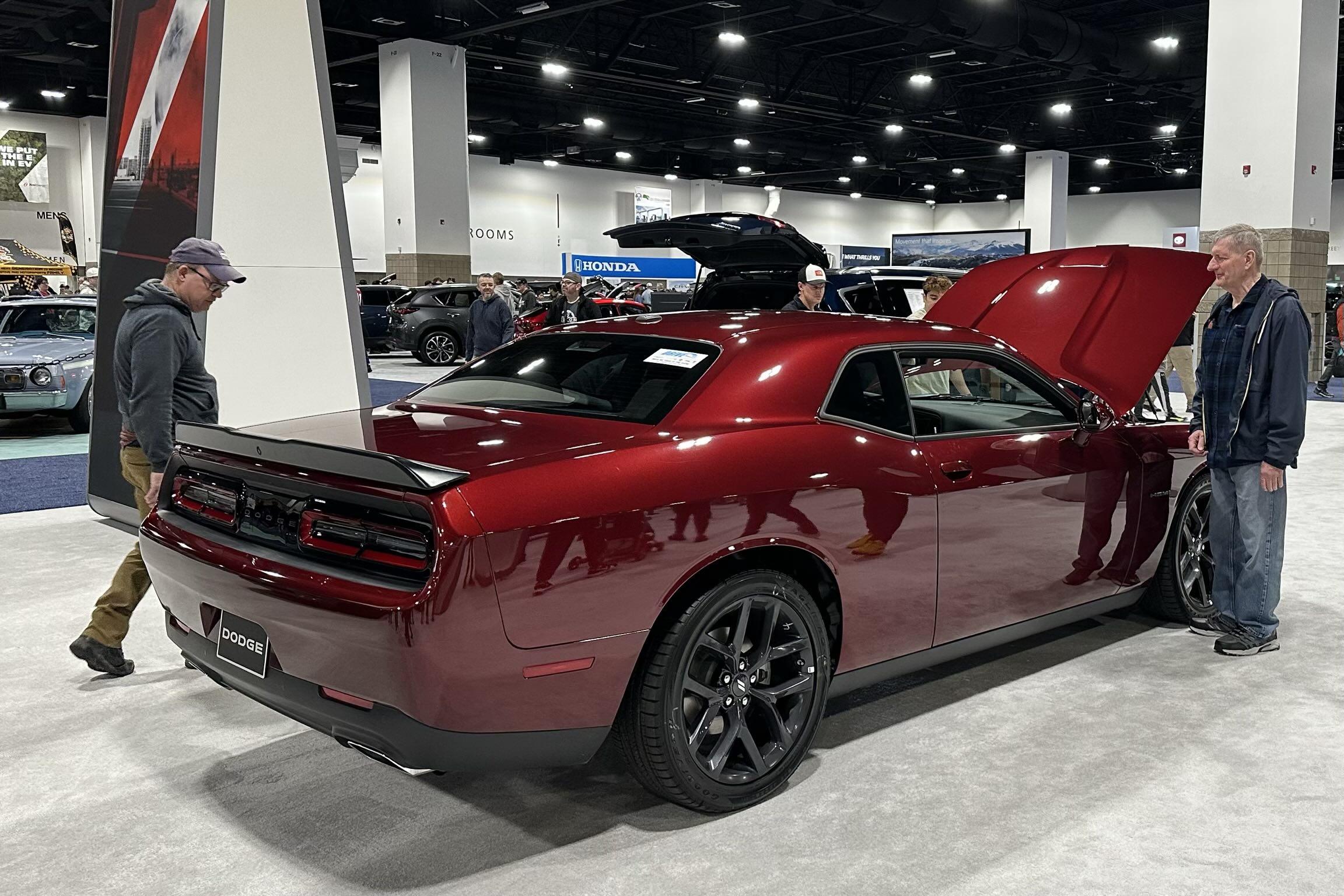
You know that feeling: that exciting dread when you step onto a car lot. Shiny new vehicles beckon, promising freedom. But beneath lies confusion and clever tactics, often leaving even the savviest shopper feeling played. It’s a secret shame the industry holds, and today, we’re revealing what really goes down.
Consider Mike Rumple’s situation. As a salesman, he faced deep internal conflict. His client, Linda, trusted him and asked for his honest opinion. Mike knew the truth: her trade-in was worth more, interest rate could be better, and she wasn’t getting her desired color. Yet, his loyalty (and commission) lay with his employer. This struggle highlights the strategic opacity embedded in the industry.
So, buckle up! We’re diving into confessions from behind the sales desk. We’re revealing the unvarnished truths and tactics employed to ensure dealerships come out on top. If you’ve ever bought a car, or plan to, these secrets are crucial for navigating the process with confidence.
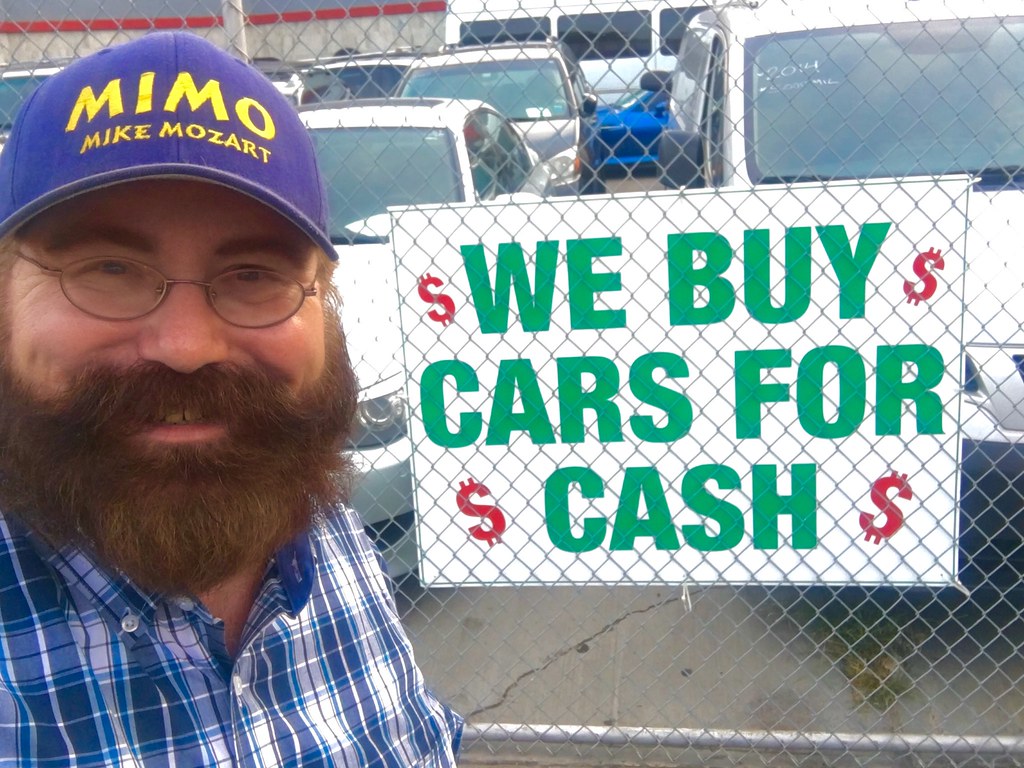
1. **The Sticker Price Mirage: MSRP is Just a Suggestion (and a Bad One)** Let’s be clear: that gleaming Monroney sticker with the Manufacturer’s Suggested Retail Price (MSRP)? Mostly a fantasy. Many buyers treat it as gospel, a fixed reference. But for a seasoned dealer, it’s a high anchor, making you feel like you’re winning a negotiation even if overpaying. Dealers rarely lead with significant wiggle room.
Dealerships maximize profit by starting high. Incentives, rebates, and dealer cash mean there’s usually room to move. The higher they begin, the more they make when you feel you’ve “won.” This game ensures their initial position dictates much of their potential gain, often at your expense.
This mirage extends to “fluff” like “market adjustment fees,” “protection packages,” and “doc fees,” all inflating the price. These disorient, making the high MSRP seem like a bargain. Your defense is knowledge: understand the car’s true market value before stepping on the lot, or bring an experienced negotiator.

2. **Sizing You Up: Dealers Read You Before You Even Say Hello** Think you’re just another customer? Think again. From the moment you arrive, you’re sized up. Your car, clothes, and confidence all help the dealer decide how to approach and structure the deal. It’s an unspoken art of immediate assessment.
Salespeople observe subtle signs. Prentiss Smith, a Toyota GM, says, “If they pull up on our lot, they might say they’re not ready to buy, but that’s not true.” Daniel Wheeler, a Hyundai salesman, notes low gas in a trade-in signals readiness to purchase. David Teves even gauges moods by parking spots, noting a “Laydown Lane” for timid customers who often buy whatever’s offered.
Car buying is heavily influenced by perception. A prepared buyer, armed with market knowledge and specific questions, will have a vastly different experience than someone just “looking around.” Do your homework, walk in with a plan, or consider an expert to bypass the charade entirely.
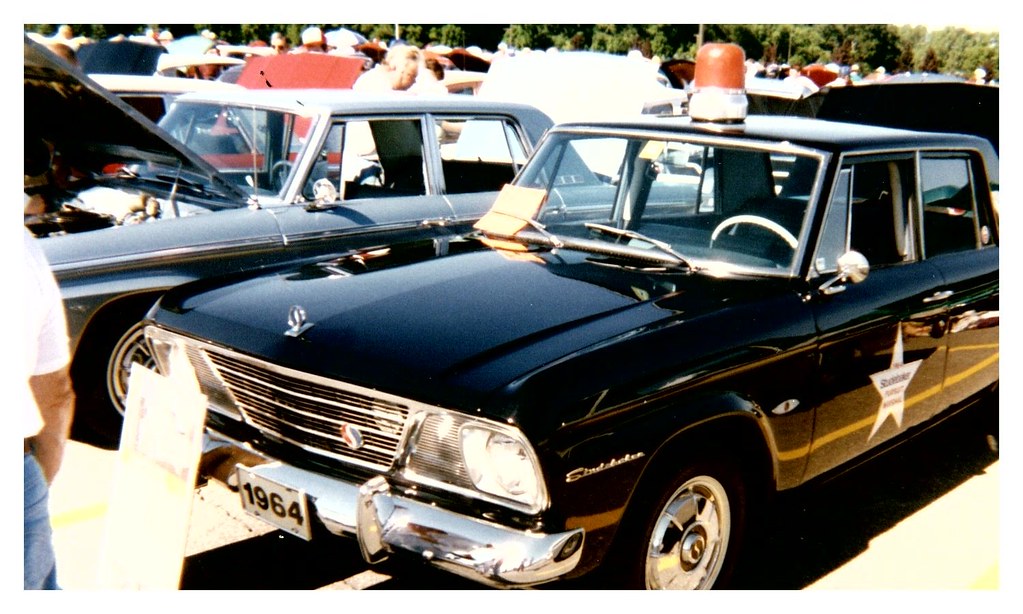
3. **The Code Talkers: Salesmen Speak in Secret Slang About You** Ever wondered what car salesmen discuss out of earshot? They’re likely talking about you, using secret language to categorize customers and strategize without your knowledge. This coded lingo offers a backstage pass into the dealership’s internal world, revealing their immediate assessment of your potential as a buyer.
A new customer is an “up,” an inexperienced salesperson a “green-pea.” A buyer with no credit is a “ghost.” Taking too much time without buying makes you a “stroke.” Customers with paperwork like newspaper ads are “professors,” and those using an absent spouse as an excuse are “one-legged shoppers.”
This lexicon highlights an “us vs. them” mentality, allowing salespeople to quickly share information and solidify their unified front. Knowing these terms won’t change your deal, but it will reveal internal dynamics and provide a deeper understanding of the environment you’re entering.
4. **The Trade-In Trap: Your Old Ride is Worth More Than They Tell You** The trade-in is where dealers smile, nod, then offer you significantly less than wholesale value for your current vehicle. It’s one of the oldest and most profitable tricks. Your focus on the new car makes your old one an easy target for undervaluation, often disguised as a favor.
Dealers will downplay your car’s condition, pointing out every scratch and ding while mentioning a “slow market.” Meanwhile, they’re picturing how quickly they’ll flip it at auction for profit. Mike Rumple himself wished to tell clients their trade-in was worth “at least $1000 more” and could fetch “probably $2500” privately.
To win, do your homework. Get multiple offers from online tools like Kelley Blue Book or Carvana to establish a baseline. Better yet, sell your car outright. Walking in as a cash buyer removes a significant lever they use for manipulation, giving you far more control.
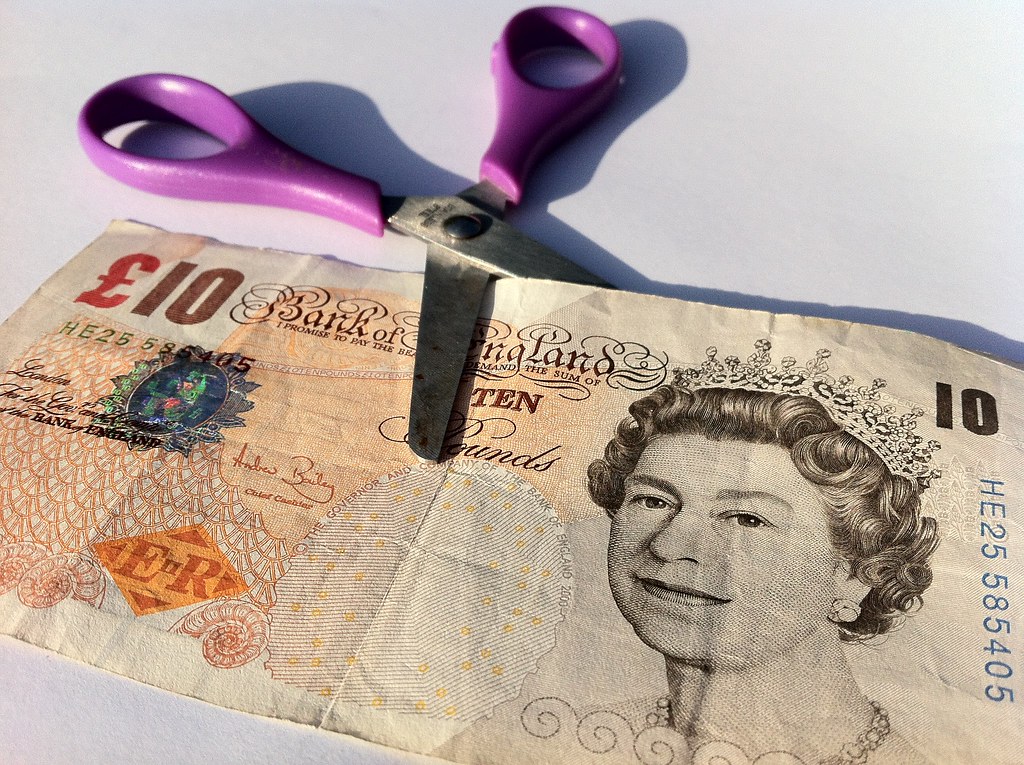
5. **The Monthly Payment Distraction: How Dealers Hide the True Cost** Declare, “I’m looking for something around $500 a month,” and the dealership has you. Focusing on the monthly payment is their dream scenario, granting them total control over the math behind the scenes, creating a smokescreen around the true cost.
With your target payment, dealers use “payment packing.” They stretch your loan to 72 or 84 months, bury thousands in markups, and sneak in products like extended warranties or GAP insurance. All this while assuring you the payment is “right where you wanted it.” It feels like a win, but over the loan’s life, you lose big. Mike Rumple’s experience with Linda highlighted this.
Your best defense? Focus on the total out-the-door price, not just the monthly note. That’s the only number that truly matters. If a finance manager gets evasive, remember you don’t have to play along. Secure financing beforehand from an independent source, or use a service that protects your financial well-being.

6. **Marking Up Your Interest Rate: The Dealer Reserve Game** Here’s a “dirty secret” often missed: dealerships aren’t just passive middlemen in financing. They actively profit from your interest rate, a perfectly legal, common, and highly profitable practice. When a bank approves you at, say, 6%, the dealership can mark that rate up, perhaps to 7.5%. That extra 1.5%? That’s their “dealer reserve,” a commission on your loan.
Most buyers assume the finance office relays the bank’s exact offer. Instead, they present *their version* with a profit margin baked in. Without shopping around or asking direct questions, you’ll likely never know you qualified for better. This tactic becomes more predatory with desperate buyers, focused on “just getting approved,” leading to inflated rates.
To avoid this trap, get pre-approved for an auto loan through your own bank or credit union *before* visiting a dealership. This establishes a baseline for your interest rate. If the dealership can beat it, great! But the power is now in your hands, ensuring you don’t pay extra to pad their pockets.

7. **The Extended Warranty Hustle: Commission First, Coverage Later** The finance office moment: you nod, saying, “Yeah, let’s add the extended warranty.” Internally, the finance manager is high-fiving. Not for your peace of mind, but because that “yes” just added a tidy sum, potentially $1,500 or more, to their bottom line through commission.
Extended warranties, service contracts, tire protection – these are pitched as “security” but are high-margin items for dealerships. The markup can be 100% or more, making them incredibly lucrative. Most buyers don’t read the fine print, assuming broad coverage, but often find numerous exclusions, deductibles, and hoops to jump through.
Many of these warranties go unused or expire before needed. Dealers know this and bank on it. If you genuinely want coverage, don’t rush. Shop around for independent warranty providers who often offer better protection for less. Always take paperwork home, ask questions, and never feel obligated to agree on the spot.
So, there you have it: the full, unvarnished truth from behind the sales desk. From the initial pricing ploys to the cutthroat internal dynamics and the final push in the finance office, every step of the car-buying journey is designed with an angle. But here’s the game-changer: knowing these secrets empowers you. You’re no longer just a “laydown” or an “up”; you’re a prepared, informed buyer ready to take control. As Mike Rumple realized, faith in doing what’s right, and arming yourself with knowledge, is far greater than the fear of the unknown. So, next time you’re eyeing a new set of wheels, remember these confessions, do your homework, and walk in with the edge.




